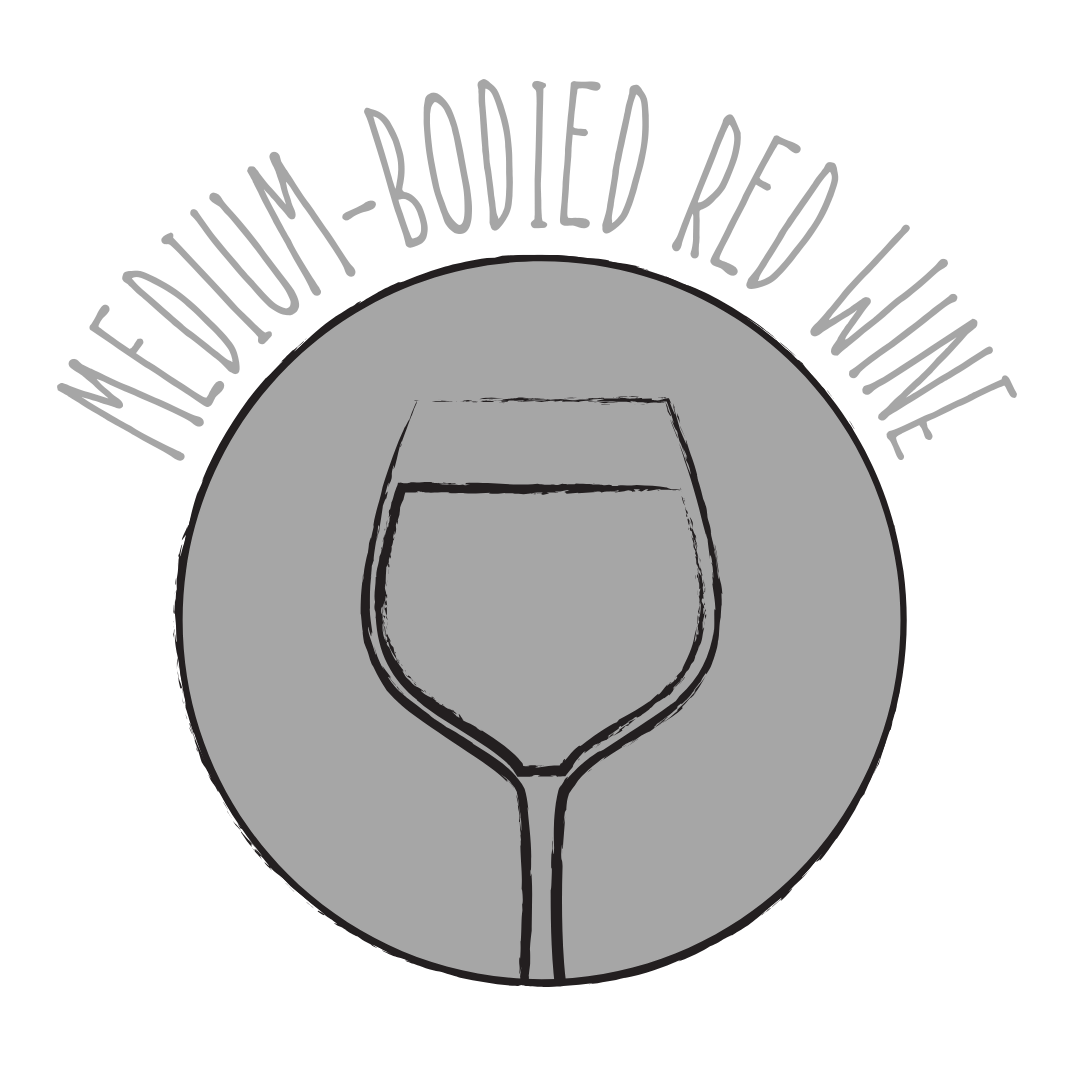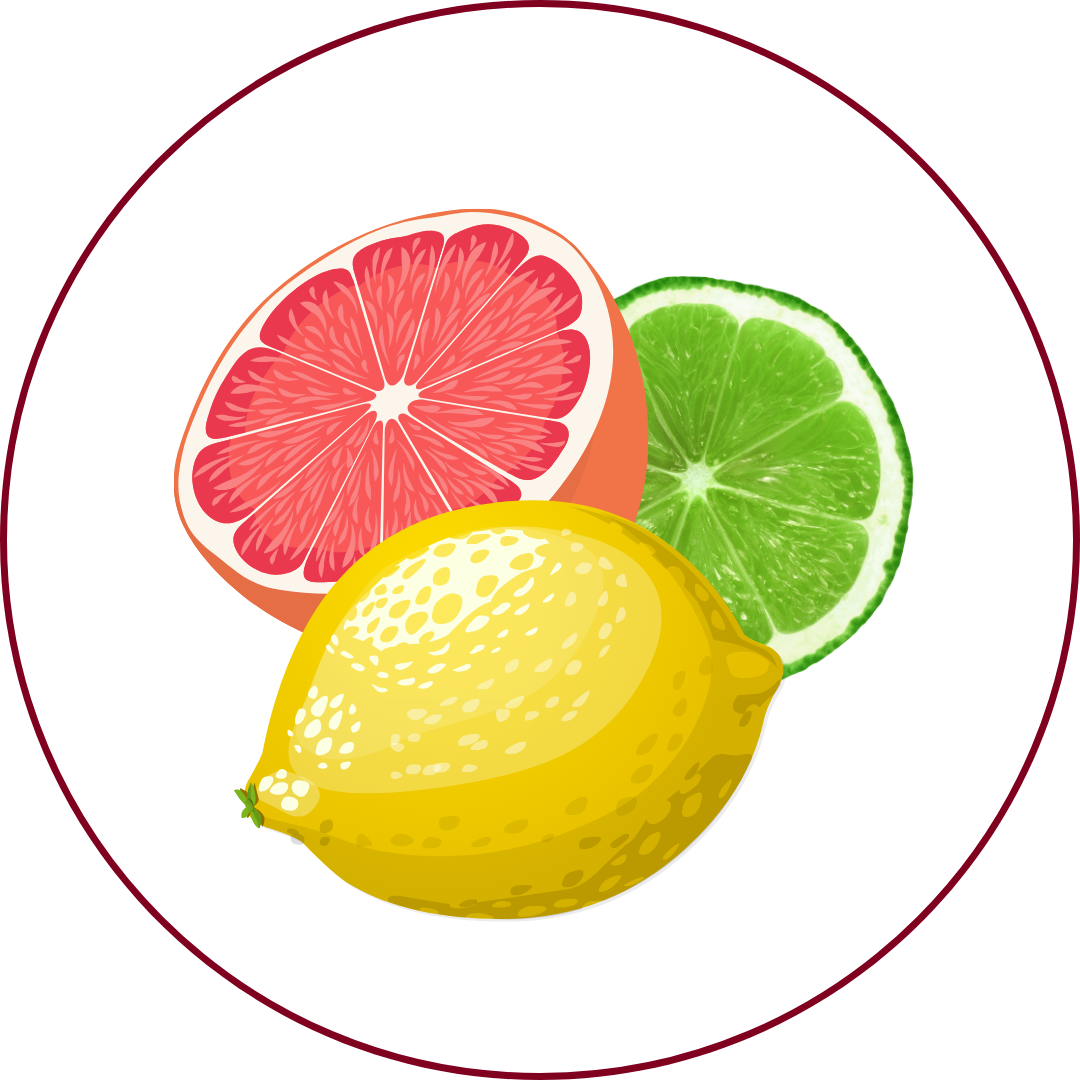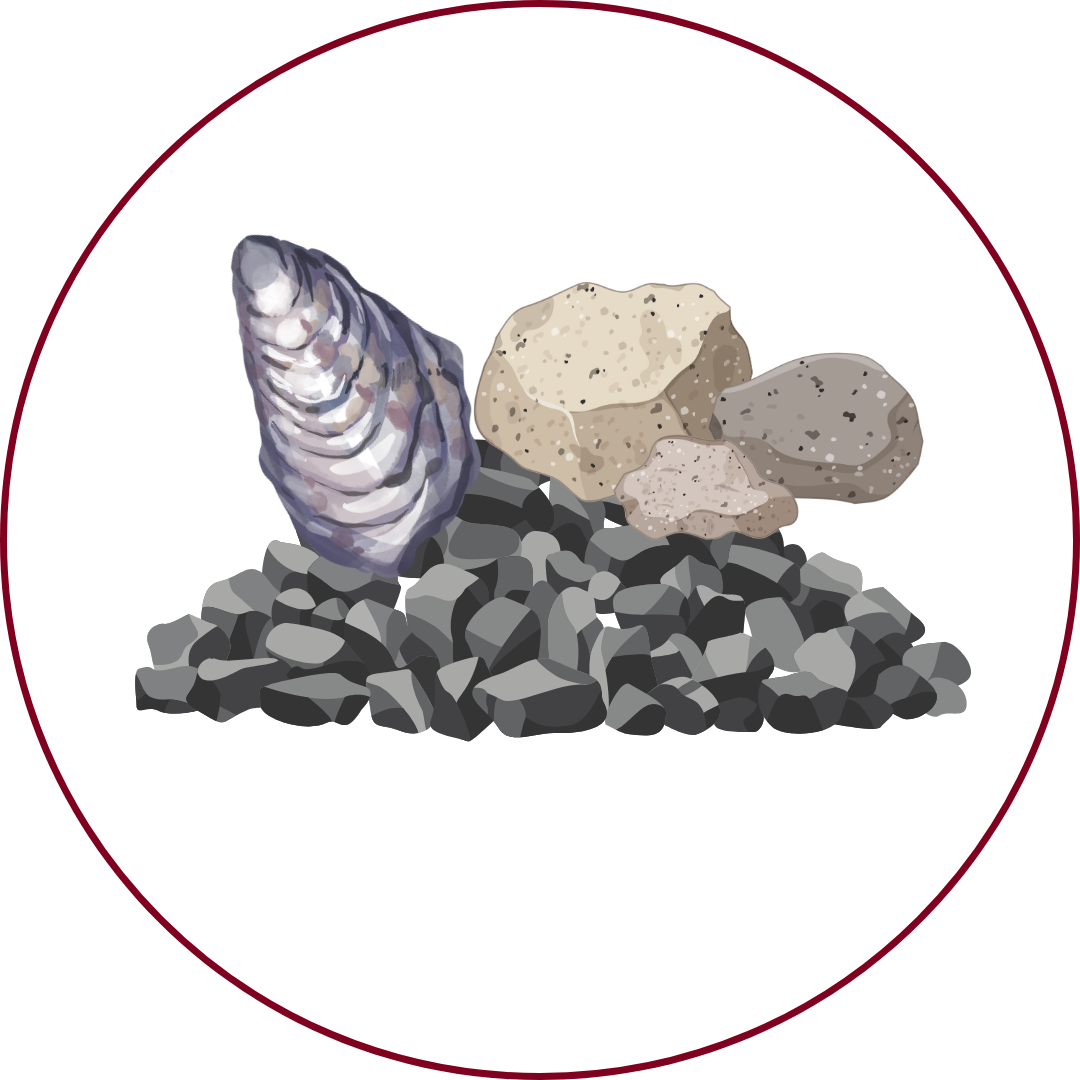Grape Variety
Pecorino
"peh-koh-REE-noh"
Wine Styles
 Sparkling
Sparkling Light White
Light White Full White
Full White Aromatic
Aromatic Rosé
Rosé Light Red
Light Red Medium Red
Medium Red Full Red
Full Red Dessert
DessertAbout Pecorino
Origin
Marche, Italy
History
Pecorino is a white Italian wine grape variety that grows in the Marche, Abruzzo, Tuscany, Umbria, and Lazio regions of Italy. Ampelographers believe that the grape is likely native to Marche, where the soil destined for this cultivation increases every year. This grape variety is used to produce the DOCG wines, like the Offida Pecorino DOCG, and the DOC wines, like the Falerio dei Colli Ascolani, the Colli Maceratesi, and the Falerio dei Colli Ascolani.
Appearance
Small to medium-sized, round berries with a yellow-green hue.
Growing Traits
Pecorino is known for its early ripening and low yields, which contribute to the grape's concentrated flavors and high acidity. It thrives in hilly terrains and is well-suited to the climatic conditions of central Italy. The grape's resilience and adaptability have contributed to its resurgence in modern viticulture.
Wine Characteristics
Body
3/5
Sweetness
1/5
Tannin
1/5
Acidity
4/5
Alcohol
3/5
Medium to full-bodied with a rich and structured profile, offering both freshness and complexity. Typically vinified dry, though it can exhibit ripe fruit characteristics. As a white grape variety, Pecorino has negligible tannin levels, resulting in a smooth mouthfeel. High acidity, providing vibrancy and enhancing its food-pairing versatility. Moderate to high alcohol content, generally around 12-14%, contributing to its robust character.
Taste Profile

Citrus

Green apple

Floral

Mineral
Pecorino wines are known for their high acidity and aromatic profile, which often includes notes of citrus, green apple, and floral aromas. They are typically made into dry, still white wines that are crisp and refreshing. Pecorino wines are often compared to Sauvignon Blanc or Vermentino due to their similar characteristics.
Food Pairing
Pecorino's medium to full body and high acidity make it a versatile companion for various dishes. It pairs well with seafood, poultry, and light pasta dishes. Its crispness complements fresh cheeses, salads, and dishes featuring herbs and citrus. Notably, Pecorino wines are often compared to Sauvignon Blanc or Vermentino due to their similar characteristics.
Growing Regions

Italy
MarcheAbruzzoTuscanyUmbriaLazio
Notable Wines & Producers
Offida Pecorino DOCG
Velenosi
Ciù Ciù
Tenuta Cocci Grifoni
Falerio dei Colli Ascolani DOC
Cantina dei Colli Ripani
Cantina Offida
Pecorino FAQ
Common questions about this grape variety
What is the origin of Pecorino?
+
Marche, Italy
Is Pecorino wine full bodied?
+
Pecorino has a body level of 3 out of 5. Which means that Pecorino is Moderate bodied.
Is Pecorino wine dry or sweet?
+
Pecorino has a dryness level of 1 out of 5. Which means that Pecorino is Dry.
Where is Pecorino wine from?
+
Marche, Italy
Where is Pecorino grown?
+
Pecorino is grown in Italy (Marche, Abruzzo, Tuscany, Umbria, Lazio).
What is Pecorino like?
+
Pecorino wines are known for their high acidity and aromatic profile, which often includes notes of citrus, green apple, and floral aromas. They are typically made into dry, still white wines that are crisp and refreshing. Pecorino wines are often compared to Sauvignon Blanc or Vermentino due to their similar characteristics.
What does Pecorino pair with?
+
Pecorino's medium to full body and high acidity make it a versatile companion for various dishes. It pairs well with seafood, poultry, and light pasta dishes. Its crispness complements fresh cheeses, salads, and dishes featuring herbs and citrus. Notably, Pecorino wines are often compared to Sauvignon Blanc or Vermentino due to their similar characteristics.
What does Pecorino taste like?
+
Pecorino wines are known for their high acidity and aromatic profile, which often includes notes of citrus, green apple, and floral aromas. They are typically made into dry, still white wines that are crisp and refreshing. Pecorino wines are often compared to Sauvignon Blanc or Vermentino due to their similar characteristics.
Take Pecorino Knowledge with You
Access detailed grape profiles, tasting notes, and pairing suggestions on your iPhone.
Download on theApp Store